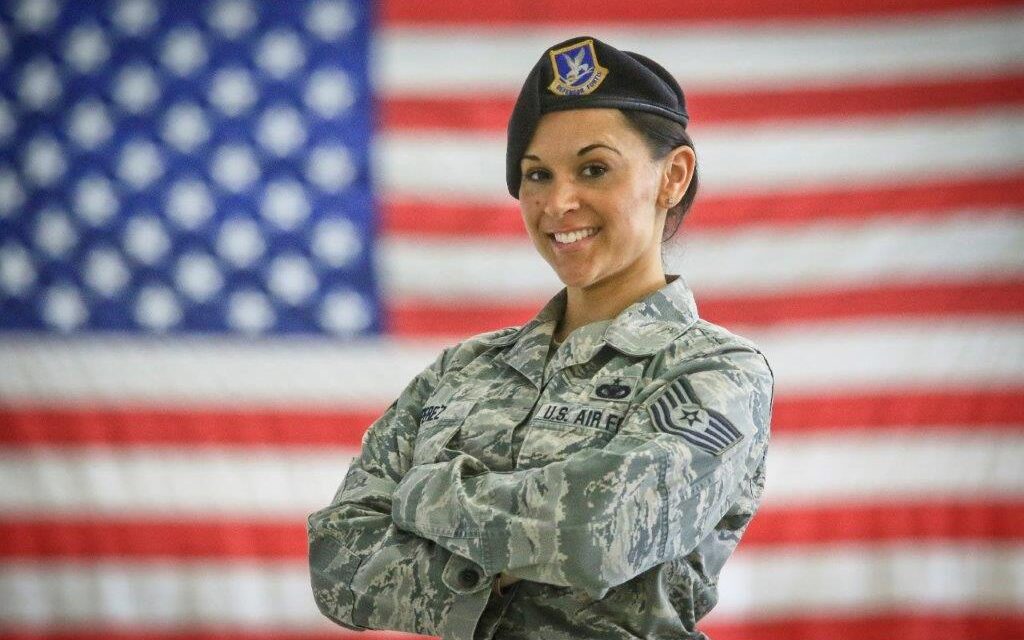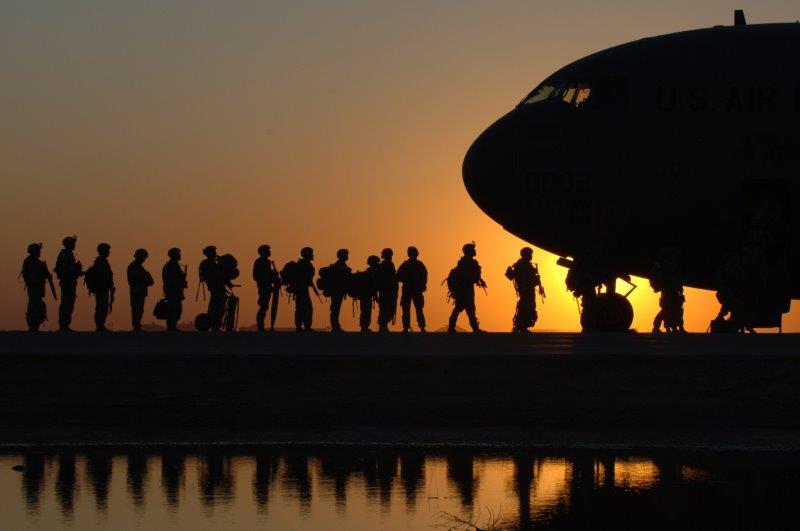Women in the military have played a crucial role in breaking barriers and promoting gender equality. What was once perceived as a man's duty has changed dramatically over the years. With more and more women joining the military and as society begins to accept them and trust their contributions to the service, military women are excellent symbols of gender equality and modern diversity.
Quick Facts and Figures about the History of Military Diversity and Inclusion
Did you know that women have been serving in the military for more than 200 years already? They may not be front-line armies or combat soldiers, but in one way or another, they have taken many different roles and positions in the military. While this may already be a clear sign of diversity in the military a couple of centuries back, it is not as clear and prominent as it is today.
To further understand the history of women in the military and how much contribution they've shared up to the present, here are some interesting figures and facts about military women in the United States:
- During the Revolutionary War from 1775 to 1783, women were not permitted to enlist and join the US Armed Forces. However, many women were able to find ways to serve the country. They were mostly the soldiers' wives, mothers, sisters, and daughters who armed themselves and courageously joined the Continental Army of George Washington.
- During the Civil War, from 1861 to 1865, about 20,000 women served in the military, performing different tasks and duties to support the American soldiers. These include growing crops, cooking and feeding the soldiers, laundering uniforms, sewing, and organizing donation drives and fundraising campaigns.
- It was also during the Civil War when women in the military started serving as nurses as an official duty in the US military. About 3,000 female nurses joined the Union Army during the war.
- During the 20th century, women experienced a significant shift in terms of diversity in the military. In 1901, the US Army Nurse Corps began, initially employing 403 nurses, but had grown to 3,000 nurses by 1918. At the same time, women were also recruited to perform clerical jobs in the military, including serving as translators and operating radios and telephones.
- During World War II, from 1939–1945, the military permitted women across all branches to enlist in the army. Groups like the Women's Army Auxiliary Corps, Army's Women Airforce Service Pilots, and Women Accepted for Volunteer Emergency Service were founded, as well. Throughout the war, about 350,000 women served the country in uniforms, including the army, navy, marine corps, and coast guard, marking the start of diversity in the military.
At present, the US Department of Defense, in their 2021 Demographics Profile of the Military Community report, showed that women made up 17.3% of the force in 2021, where 231,741 were active-duty members of the National Guard and 21.4% or 171,000 were reserves. Since 2017, the percentages of females serving in the military on active duty and reserve have increased by 1.1% and 1.8%, respectively.
The Importance of Breaking Barriers and Gender Equality in the Military
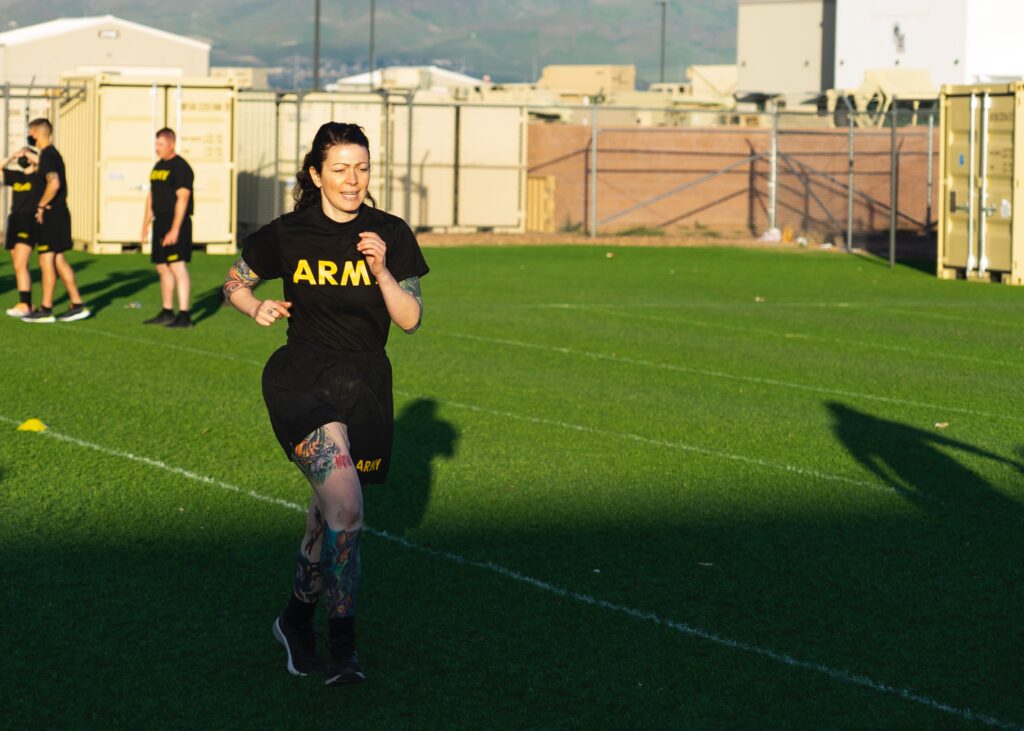
As the US military has traditionally been a male-dominated institution, women trying to join the force face significant barriers, restrictions, and discouragements. However, in recent years, a growing recognition of breaking down gender barriers and promoting gender equality in the military is starting to manifest. This provides relevant advantages to the military and society as a whole. Below are some of the reasons why breaking barriers and gender equality should be given much importance:
1. Inclusive Recruitment and Retention
Breaking barriers in the military means opening up opportunities for women to serve in combat roles and other functions and duties. By doing so, the military can tap into a larger pool of talent, skills, and experiences. Inclusive recruitment and retention practices allow the military to select the most qualified individuals regardless of their gender, thereby enhancing overall effectiveness, efficiency, and operational productivity.
2. Diversity and Enhanced Decision-Making
Gender equality in the military fosters diversity which promotes a wider range of perspectives and unique sets of ideas. This diversity of viewpoints, insights, and experiences can lead to more innovative problem-solving, better decision-making processes, and increased adaptability within the force. Additionally, diversity can help create a more comprehensive understanding of complex issues, leading to more effective strategies and outcomes.
3. Strengthening Military Effectiveness
The inclusion of women in combat roles and leadership positions within the military has demonstrated positive impacts on overall effectiveness. Research has shown that diverse teams, which are composed of military men and women, can enhance mission success rates, improve unit cohesion, and increase the overall morale and well-being of personnel. By ensuring equal opportunities, the military can harness the full potential of all its members, thereby strengthening its overall effectiveness.
4. Challenging Stereotypes and Changing Perceptions
With military diversity and gender equality, stereotypes about women's capabilities and roles are challenged and dispelled. Female service members who excel in their roles serve as role models, inspiring younger generations and changing societal perceptions of gender norms. This can have a broader impact on society in general, possibly eliminating gender biases in various other fields.
5. Equality and Social Progress
More women joining the force is a crucial step towards achieving broader gender equality in society. It sends a powerful message that skills and ability are not defined by gender but rather by individual qualities. By championing gender equality, the military becomes a leader of social progress, helping to reshape societal norms and promote inclusivity in all aspects of life.
By giving more opportunities to women to join and lead in the military, society is empowering them to break barriers, promote gender equality, and foster diversity in the world we're living in. Military women, therefore, play a significant part not only in serving the country but in contributing to social progress, as well. Embracing gender equality in the military is not only a matter of justice and fairness but also a strategic imperative for building stronger and more effective armed forces and a more equitable society.
Women in the Military: Pros and Cons
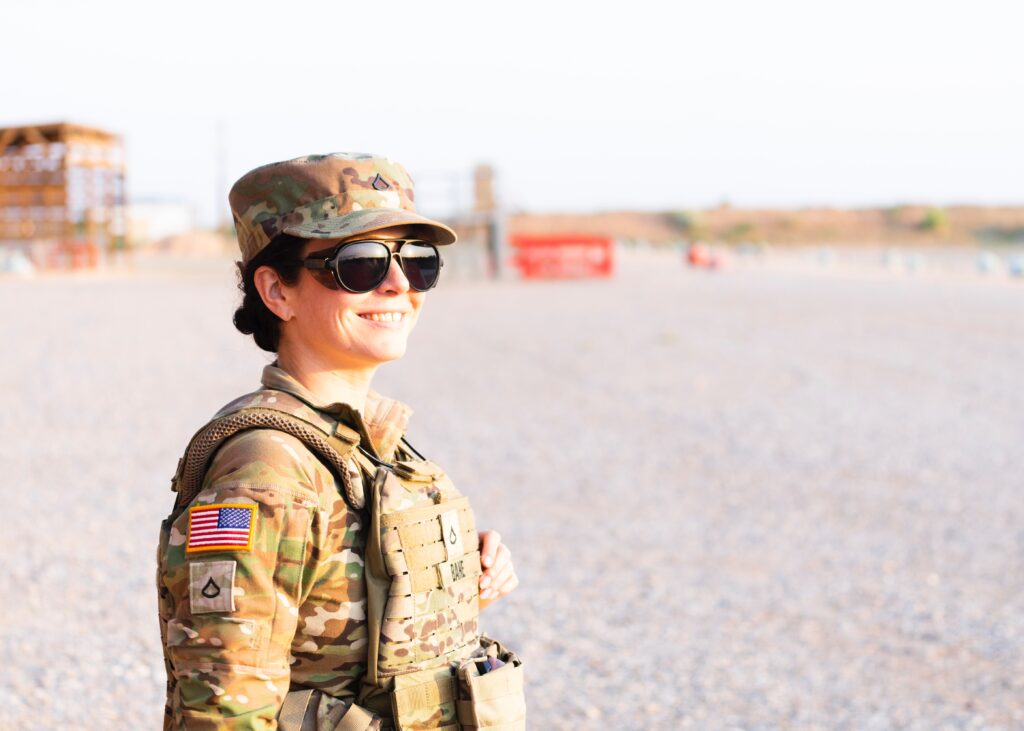
Just like in any other industry and workplace, diversity and gender equality are important in promoting a balanced workforce and equal community. While women are encouraged to play a bigger, more significant role in the military, the fact remains that there are advantages and disadvantages to this kind of military diversity setup. This is why the inclusion of women in the military has always been a subject of debate and discussion. Let us explore the pros and cons of diversity in the military, particularly having women in the force.
Pros of Women in the Military
One of the significant advantages of having women in the military is the diversification of perspectives, opinions, and experiences they bring. Women offer unique insights and problem-solving approaches, which can contribute to more comprehensive decision-making processes in the force. This military diversity can help improve adaptability, boost productivity, and promote innovation and strategic plans and processes.
Another advantage of military diversity is it creates a stronger and more capable force, not because women are stronger, but because the military can select the most qualified individuals and form better, more capable teams, regardless of gender. By allowing women to serve in combat roles and all branches of the military, a larger talent pool becomes available, thereby making it possible to form groups and teams with a unique set of competence, skills, and military specialties.
The inclusion of women in the military has shown positive effects on unit cohesion. Gender-balanced units foster teamwork, camaraderie, and mutual respect among service members. By working together, soldiers develop stronger bonds and cohesion, ultimately leading to increased morale and unit effectiveness.
Finally, by actively recruiting women, the armed forces can tap into a previously untapped talent pool, potentially addressing issues of recruitment and retention. It can help increase the overall size of the military and provide the necessary personnel to meet operational requirements.
Cons of Women in the Military
One of the challenges associated with women in the military involves physical differences. It is apparent that women, in general, are not as physically strong as men. Aside from this, there are concerns about women's physiological and emotional disparities. Because of this, the military finds it difficult to establish and maintain appropriate physical standards for both men and women military. Therefore, striking a balance between inclusive policies and maintaining essential operational requirements can be a complex task, with women being a part of the military force.
Did You Know: Another challenge women face in the military is the risks of sexual harassment and assault, which happens to one in four US military women. These issues can affect an individual's morale, concentration, mental health, and overall well-being.
While there are efforts to address and prevent such incidents in the force, it seems they are not enough to completely stop these unwanted actions. Creating a safe and inclusive environment, therefore, remains a challenge for women in the military.
When it comes to deployment and field operations, another disadvantage of having female service members is their unique needs, particularly related to personal hygiene, privacy, and medical support. Because women tend to require more health-related care and attention due to certain body conditions particular to them, such as menstruation, PMS, pregnancy- or menopause-related conditions, they may not be as agile and flexible as their male counterparts in the military. These challenges need to be adequately addressed to ensure the well-being and effectiveness of female service members in combat or field environments.
Finally, with women in the military, some societal perceptions and biases degrade the capability of female soldiers and service members. With these unfair stereotypes and prejudice, the opportunities available to women in the armed forces can significantly be affected. Ongoing efforts to challenge and change these perceptions are necessary to create an inclusive environment for all service members.
Should Women Be Part of the US Military?
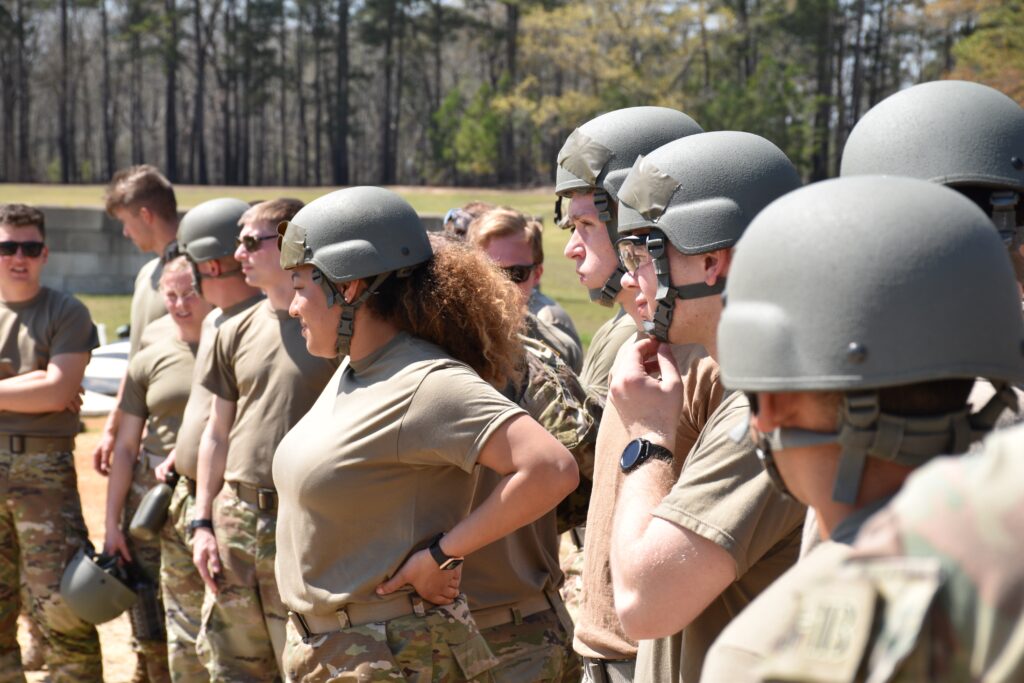
The question of whether women should be part of the US military is subjective and depends on individual perspectives. However, it is important to acknowledge and recognize that women have been serving in the US military for decades and have made significant contributions to the country's national defense. Therefore, while women are not obligated to join the military, it is still important to give them the chance and opportunity to showcase their skills and talent in the armed forces if they are willing to.
We have established above that the inclusion of women in the military brings numerous benefits, including enhanced diversity, increased talent pool, improved unit cohesion, and expanded recruitment opportunities. And while there are also disadvantages, the fact remains that women have unique capabilities and strengths that can provide a positive impact on the military.
Wrapping It Up
The inclusion of women in the US military is not only a matter of gender equality and military diversity but also a strategic approach to building stronger and more effective armed forces. We've seen women military serve the country for decades, and they have proven their capabilities, dedication, and contributions to national defense. By breaking down barriers and promoting gender equality, the military can tap into a larger talent pool, enhance the diversity of perspectives, and improve the overall productivity and efficiency of the institution.
Therefore, in the pursuit of a stronger, more inclusive, and diverse military, it is crucial to recognize the valuable contributions of women, not just in the armed forces but in society in general. By providing equal opportunities for them to serve the country, the institution is empowering them to become more than their restrictions and limitations as defined by society. Embracing gender equality and promoting diversity is an important step to creating a military force that is truly representative of the society it serves and capable of meeting the challenges of the modern world.

